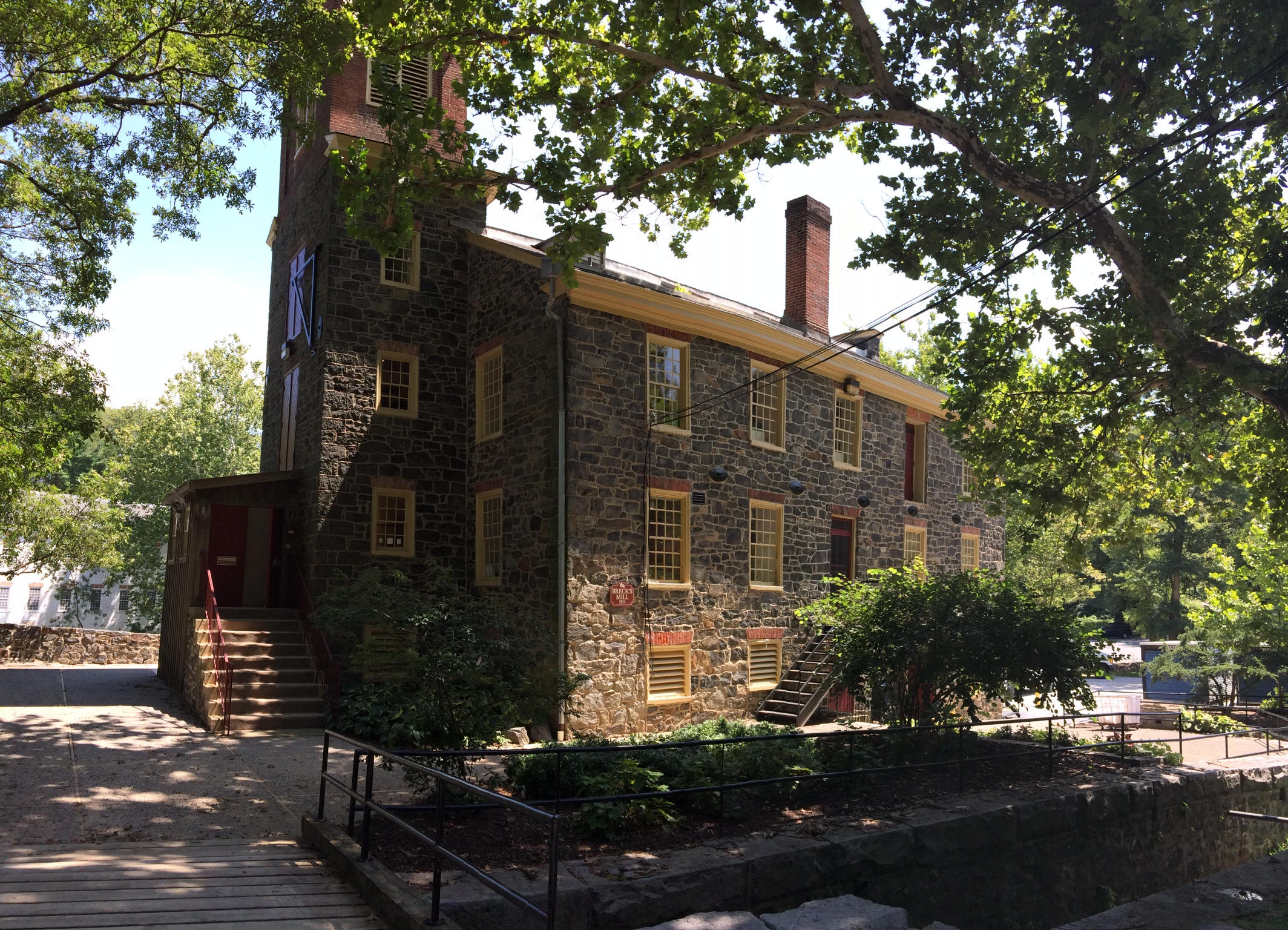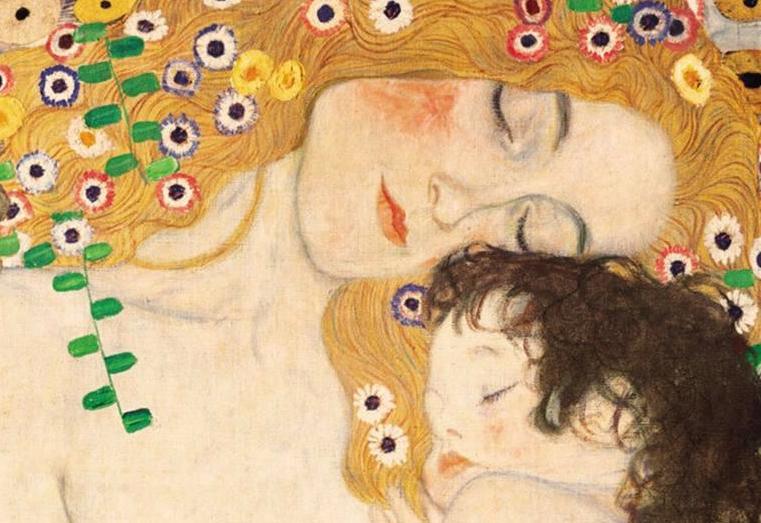Inspired to Follow in Harper Lee’s Footsteps
I read Harper Lee’s iconic debut novel To Kill a Mockingbird in my freshman high school English class (when I seemingly lacked experience in everything), and I re-read it last summer at the age of forty-eight (after I had studied and practiced law, raised a family, and embarked on a writing career). Remarkably, at both of those vastly different stages in my life, To Kill a Mockingbirdmoved me and influenced me in a manner unlike any other work of fiction.
Last month, to my delight, news broke of a second Harper Lee novel, Go Set a Watchman, based on the same main characters and setting of To Kill a Mockingbird. This news coincided with the release of my debut novel Long Hill Home, a thriller about a crime and the legal process that explores contemporary issues of social justice. These coincidental events led me to reflect on Harper Lee’s influence on my work, which in turn made me feel inspired and grateful.
My reflection led me first to look into Harper Lee’s background. I needed to know why I identified with her, despite the fact that she was born in Alabama in 1926, while I was born in New York in 1966. There had to be some common thread, some reason why her message resonated with me. I quickly discovered parallels between us that gave me timely inspiration as I release my debut novel. First, we both attended law school and then used our legal education in criminal/legal thriller novels. Second, we both wrote about characters and settings that we were very familiar with, which enabled us to infuse our work with authentic experiences and perspectives. Finally, and most importantly, we both confronted issues of social and legal justice in our debut novels.
Harper Lee attended law school at the University of Alabama in the 1940’s. Her enrollment in law school as a woman in that place and time suggests that she was courageous. While I cannot know Lee’s reason for studying law, knowledge of the law is the best means to pursue justice and protect civil rights. While Lee ultimately left law school to pursue writing, she demonstrated bravery and the desire to pursue justice when she wrote To Kill a Mockingbird, a novel that highlighted racial prejudice, mob justice and other troubling social issues present in the South in the 1930s. Harper Lee’s legal studies also prepared her to convincingly write about the life of a lawyer (defense attorney Atticus Finch) and the legal process (the criminal trial of Tom Robinson, an African-American man falsely accused of rape.) This authenticity is critical to a reader’s enjoyment of a legal thriller such as To Kill a Mockingbird.
I studied law at the Georgetown University Law Center between 1988 and 1991, when its student body had become quite diverse in gender, race, ethnicity, religion and socio-economic status. I did not have to be a trailblazer of sorts (which I imagine is how a woman studying law in Alabama in the 1940s may have felt). However, I was reminded every day that law is a vehicle for social change, and that having a license to practice law brought with it a responsibility to identify and prevent wrongs in society, or to remedy them in a civil and just manner. As in the case of Harper Lee, when I wrote my debut novel, Long Hill Home, I felt compelled to weave in storylines that provoke thought about prejudice, injustice in our criminal and civil law system, and other current issues impacting social justice. Further, my legal studies and legal practice prepared me to write authentically about the life of a lawyer (Kelly Malloy and other characters who are lawyers in Long Hill Home) and the process of civil and criminal law (the criminal proceedings against Chad McCloskey, an eighteen-year-old man falsely accused of rape, as well as the criminal proceedings against the actual perpetrator of the crime).
It is widely reported that To Kill a Mockingbird was inspired by Lee’s childhood in Monroeville, Alabama in the 1930s. By drawing on her real life experience, Lee created characters and settings in such a vivid and authentic manner that readers vicariously experience life in the fictional town of Maycomb, Alabama in the 1930s. Readers of To Kill a Mockingbird nervously watch over Atticus and Tom as a hate-filled mob gathers, they smell the scented air of a warm Southern night, and they feel the roughness of a thick tree trunk as Scout and her brother Jem look for treasure in its recesses. Readers sit in the “colored section” of the balcony in a tension-filled courtroom, their eyes locked on Atticus as he brilliantly defends the ill-fated Tom Robinson. The characters and settings of To Kill a Mockingbird are brought to life and feel familiar to readers because they were so familiar to Lee.
Similarly, the settings, characters and events in Long Hill Home were inspired by my life experiences. I regularly run through the wooded trails of the Brandywine River Valley, the historic Wilmington neighborhood known as “the Highlands,” and the vast green space framing the Highlands known as Rockford Park. I practiced law in high-rise office buildings in downtown Wilmington, and then, only blocks away from those law offices, volunteered in dining rooms that feed hungry people with nowhere else to turn. I have boarded the city bus at Rodney Square after work, walked on the litter-strewn sidewalks of King Street, stood on the observation deck of Rockford Tower, and visited inmates in a Delaware prison. I have also represented clients in Delaware courtrooms and I have interacted with and observed countless attorneys. Because of my familiarity with these people and places, readers of Long Hill Home will run through wooded trails and over mossy river banks of the Brandywine River Valley, sit in the eighteenth floor office of a downtown law firm, stand on a litter-strewn sidewalk in a poor section of Wilmington, shudder with fear in the shower room of a maximum security prison, and gaze out of the top of the hundred-year-old stone water tower that presides over all of these places.
I enjoyed To Kill a Mockingbird because it is a beautifully written coming-of-age story and a suspenseful legal thriller. But I was affected by it because it provokes thought and discourse about significant issues of racial prejudice and social injustice. Lee explores racial prejudice and injustice primarily through the character of Tom Robinson, an innocent and well-intentioned black man falsely accused of rape and then wrongly convicted by a hate-filled jury intent on lynching him. But Lee goes beyond the obvious racial hatred in the tragedy of Tom Robinson, and explores more complicated and subtle issues regarding race. For example, Scout – the spunky tomboy who is the narrator of Lee’s story – has an important relationship with her family’s African-American cook and housekeeper, Calpurnia. Scout’s mother is deceased, and Calpurnia is the woman who cares for Scout and nurtures her. Through this relationship, Lee shows that exposure to people otherwise deemed “different” – and the opportunity to meaningfully interact with and relate to them – is the antidote to prejudice. Lee reinforces this idea by having Scout and Jem sit in the “colored section” of the courtroom as they watch their father defend Tom Robinson.
Harper Lee highlights another form of prejudice through the story of Boo Radley, a young man who is a social recluse and unable to leave his parents’ house, and who may also be emotionally or intellectually challenged. Without ever seeing him, and based solely on what they are told, Scout and Jem decide that Boo is a monster of sorts, and they make up ridiculous stories about him and challenge each other to draw him out of his house. But Harper Lee demonstrates once again that social justice requires that we must see and know people, we must assess them based on their conduct and character, and we cannot judge or hate them because they are different or because others tell us to hate. When Boo Radley finally emerges from his home in order to save Scout and Jem from a violent attack, he is finally seen and known. In lieu of the fabled monster, Scout and Jem see the compassionate and brave person that Boo Radley really is.
There are many other examples of prejudice and intolerance in Harper Lee’s To Kill a Mockingbird—too many to recount here. Notably, Lee finds a solution to these complex and enduring issues of social and legal injustice, and boils that solution down to its essence. In the very last pages of To Kill a Mockingbird, Lee tells us (through Scout’s discussion with her father, Atticus) that “you never really know a man until you stand in his shoes and walk around in them,” and that “most people,” and even people you perceive as “scary,” are “real nice”……“when you finally see them.”
Similarly, in Long Hill Home, I share with readers story lines and characters that confront contemporary issues of social justice, including prejudice, sexual violence against women, immigration and the criminal justice system. I remind readers how easy it is–and how dangerous it is–to judge, fear, or avoid other people solely because they are different in some way, and without ever seeing them. Long Hill Home is a story of three very different people – strangers – whose lives collide as a result of a crime. The victim, Kelly Malloy, is a wife, a mother and an attorney who is brutally attacked while running along the banks of the Brandywine River. A lonely eighteen-year-old boy, Chad McCloskey, stumbles across the victim immediately after the attack, and he is falsely accused of the crime and imprisoned pending trial, only because he tries to help her. Maria Hernandez, a young woman who emigrated illegally from Mexico, is reluctantly thrust into the role of witness to the crime, putting her in jeopardy of deportation only weeks before she is to give birth to her child.
Chad McCloskey is a lonely and shy eighteen-year-old, and the only child of an abusive alcoholic father and a depressed mother. He is shunned and ridiculed by his classmates and ultimately retreats into himself. After Chad is wrongfully accused of a rape, he is forced to interact with his public defender and ultimately the victim, allowing them to see him—a kind, honest and brave person deserving of justice and worthy of love.
Maria Hernandez is a hardworking and honest person, and yet she notices women clutching their handbags tighter when she sits near them on the city bus and she overhears blue-collar workers talking about “dirty Mexicans stealing American jobs.” Maria struggles with her moral responsibility to the victim of an attack on one hand, and her obligation to protect her new family and not risk deportation on the other, and ultimately chooses to do the right thing and call in her witness account of a crime. Her terrifying involvement with a criminal investigation ensues, but it leads her to interact with people who see her as a person deserving of security and other rights—and not as “a Mexican” or “an illegal.”
Like To Kill a Mockingbird, Long Hill Home is a suspenseful thriller about a crime and the legal process that also imparts a valuable lesson: In order to eradicate prejudice, sexual violence against women, and other forms of social injustice, we must not judge, avoid, mistreat or fear others because they are different or because we are told to. Rather, we must truly see them, and we must “stand in their shoes and walk around in them.”
As I conclude my reflection on Harper Lee’s influence on my work, I do so with a great appreciation for her impact on society and her influence on me, and with inspiration that I may strive to follow in her footsteps.








